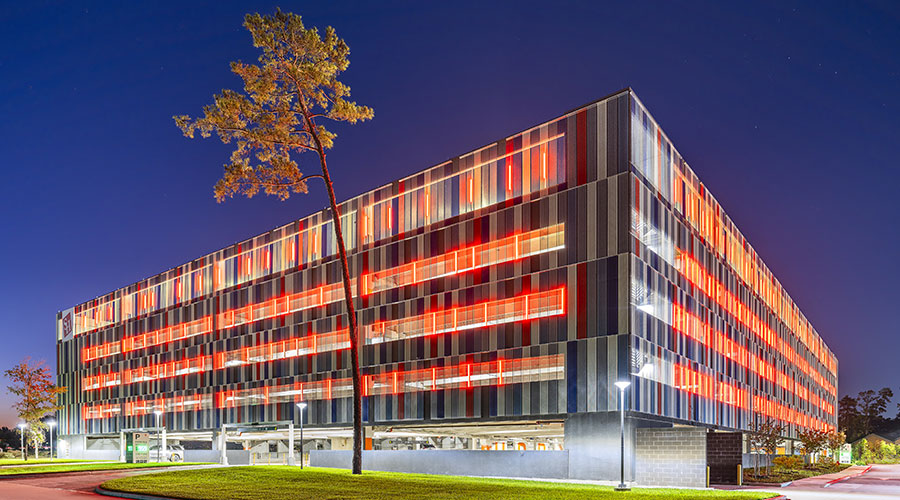LED Performance Improving
Human nature being what it is, we're often swayed by the latest and greatest technologies. In lighting, the new wunderkind for the last several years has been light-emitting diode (LED) systems. They have been improving at breakneck speed. Nevertheless, because of the nature of LED systems, they currently work better for certain applications than others. With careful research, facility managers can find solid-state lighting (SSL) solutions that best meet an organization's needs. But to blindly believe LEDs (or any type of lighting) are a silver bullet might lead to disappointment.
The good news, say experts, is that reports of poor performance are beginning to dwindle, especially as lamps and drivers are increasingly engineered as a single system. Ongoing government testing and the industry's concurrent push to standardize performance have also helped.
About three years ago, the U.S. Department of Energy (DOE) established its Commercially Available LED Product Evaluation and Reporting (CALiPER) testing program. The tests pit SSL options against conventional lighting sources over the course of several months, evaluating light distribution, photometry and more.
The tests have had variable results. Some recent statistics:
More than half the SSL products subjected to CALiPER long-term testing will not provide 70 percent of initial light output at 50,000 hours and already exhibit significant color shift within the duration of the CALiPER long-term operation.
About one-quarter of the SSL products would not pass a simple 1,000-hour operational test: that is, they do not last as long as a traditional incandescent lamp.
In the other extreme, a few products show negligible lumen depreciation after more than 12,000 hours of operation — demonstrating that the potential for very long SSL product life appears to be achievable.
"CALiPER is a wonderful source of information for those who are considering LED lighting," says Lindsay Audin, president of Energywiz, Inc. Audin says he regularly uses DOE test results to watch for trends and highlight products that will work best for his clients.
Measuring Up: LED Terms to Know
Quantifying the performance of any new technology can be difficult at best, gut-wrenching agony at worst. To know how LED performance stacks up, it's helpful to understand a bit of lexicon used by designers and lighting experts:
SOURCE EFFICACY: the luminous flux emitted by a light source divided by the nominal light source wattage (not including driver); expressed in lumens per watt (lm/W).
JUNCTION TEMPERATURE (Tj): temperature within the LED. Direct measurement of Tj is impractical but can be calculated based on a known case or board temperature and the materials' thermal resistance.
LUMINAIRE EFFICACY: total lumens provided by the luminaire divided by the total wattage drawn by the power supply/driver. Expressed in lumens per watt (lm/W).
TARGET Duv: measures chromaticity (color) coordinates. The Duv factor relates to the relative "whiteness" of a light source's appearance.
BINNING: During manufacturing, unique lot numbers are assigned to the LED components. Due to typical variations during manufacturing, each light emitting diode will possess and exhibit a unique set of characteristics. LED manufacturers normally bin according to three primary characteristics: intensity, color and forward voltage rating.
— Loren Snyder |
Related Topics:














